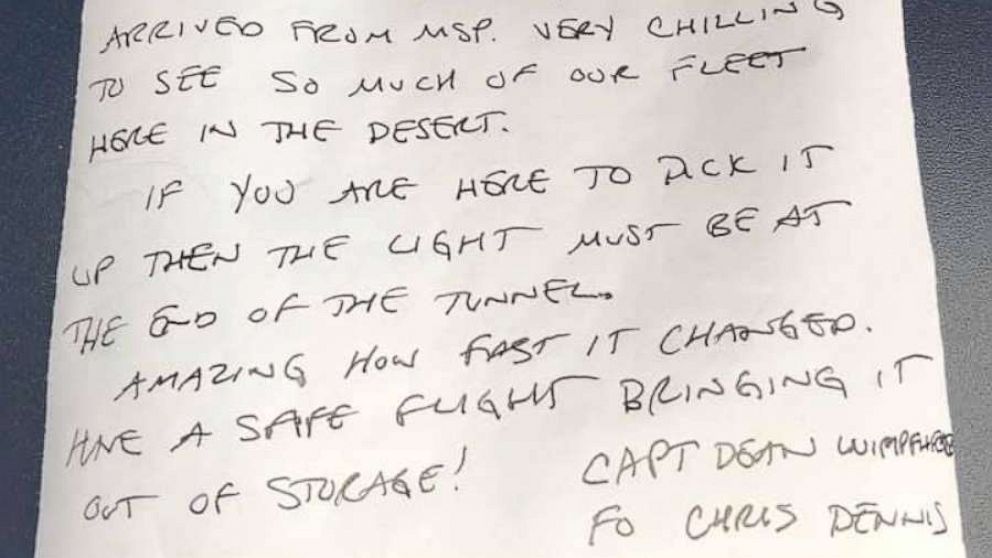Delta Thoughts - Steiner's Porism and Incredible Inversions
Today I want to talk about a geometry I think is grossly overlooked, especially when compared to the popularity of its Euclidean brother. Today I want to talk about inversive geometry. Inversive geometry takes the standard plane we know and quite literally flips it inside out. By the end of this post, you will be familiar with not only what the heck an inversion is, but a very cool theorem that results in the animation above that relates tangent circles to one another. But before we can get there, we first need to learn how to flip our world inside out.
As you can imagine, inversive geometry is geometry that relies on something called inversions. You can think of an inversion as a function that takes a point $P$ and spits out a transformed point $P'$. But, what exactly is our function? It's not a standard $f(x)$ as we're giving two coordinates not one. So maybe it's a 2-by-2 matrix, as we're giving a 2D vector and outputting another 2D vector? Not a bad idea, but it will quickly become clear why we don't want to do that. So, what is our functional object? It's actually a circle. As weird as that sounds, just hear it out. Given a circle $Ø$ with center $O$ and radius $r$, the point $P$ is inverted to $P'$ based on the following equation: $OP \cdot OP' = r^2$ where $P'$ lies on the ray $\overrightarrow{OP}$. Try dragging the points below to get a handle on this idea.
The numbers above each point represent their distance from $O$, so you can verify the distances satisfy the inverting equation. Just within a few seconds, though, I'm sure you can see why this is called an inversion. Every point on the inside of the circle gets mapped to the outside of the circle, and every point outside the circle, gets mapped to the inside (and every point on the circle stays on the circle—we say the circle is invariant under inversion). We're taking our plane and flipping it inside out centered around the circle. As such, this is specific inversion is known as a circle inversion or plane inversion. It should now be apparent why matrices won't work as this not only doesn't preserve the origin, but it's also not a linear transformation (the scaling of $P'$ relative to $P$ is directly proportional to $P$ itself). One thing worth noting is that we have to formally introduce a point at infinity. That way, if we try to invert the center of our inverting circle (i.e. $O$ in the above circle), we have a place for it to go to. Now that we can invert points, we can now easily invert shapes. All we have to do is invert the collection of points individually, and remember the order to connect them. We could try basic polygons like squares and triangles, but the one that is most interesting (and will be most helpful) is inverting other circles. Below, we'll again invert over the green circle with center $O$, but now instead of a point, we'll invert the blue circle with center $C$ to the red circle.














/cloudfront-us-east-1.images.arcpublishing.com/pmn/2OMDYOYIKRDYJOSDNJCST4GN34.jpg)








